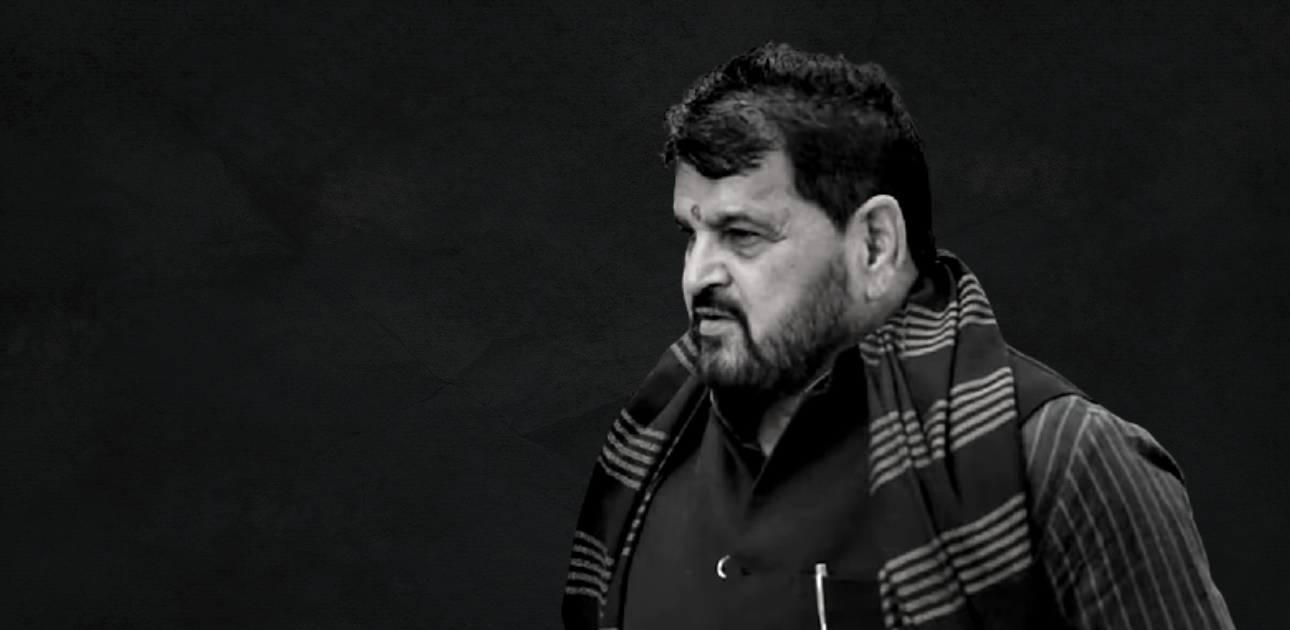On Friday, a district court in Delhi took cognisance of the sexual harassment charges against Bharatiya Janata Party member of Parliament, Brij Bhushan Sharan Singh, and issued a summons to Singh to appear before it on July 18, 2023. When does a court issue a summons or warrant in a case?
—
YESTERDAY, a Delhi court took cognisance of the chargesheet filed by the Delhi police against Bharatiya Janata Party (BJP) member of Parliament (MP) Brij Bhushan Sharan Singh in the case filed against him by six wrestler-complainants.
Additional chief metropolitan magistrate Harjeet Singh Jaspal of the Rouse Avenue Court, Delhi issued a summons to Singh and his associate Vinod Tomar, ordering them to appear before the court on July 18, 2023.
On June 15, 2023, the Delhi police had filed a chargesheet on the basis of a first information report (FIR) filed against Singh under Sections 354 (assault or criminal force to woman with intent to outrage modesty), 354A (sexual harassment), and 354D (stalking) of the Indian Penal Code, 1860.
Cognisance of an offence by a magistrate implies that the magistrate has applied their mind to the offence alleged in the complaint or police report with a view to undertake further proceedings necessary for the trial of the accused person.
“Perusal of the police report and statements of the victims recorded under Section 164 of the Code of Criminal Procedure shows that the allegations are specific, suggesting offences under provisions of the Indian Penal Code,” the Order says.
“Having heard the submissions and having carefully considered the police report, along with its annexed documents, including the statements of victims … other witnesses … [and] the oral and documentary evidence, this court takes cognisance for the offences committed,” judge Jaspal said.
Issuing process
If the magistrate taking cognisance of an offence considers that there is “sufficient ground for proceeding”, then they may issue a summons or warrant to secure the presence of the accused, depending upon the nature of the alleged offence.
Issuing summons and warrants is collectively referred to as ‘issuing process’, and is undertaken under Section 204 the Code of Criminal Procedure (CrPC), 1973.
A ‘summons’ is a court Order requiring a person to appear in court or before a judicial officer at a specified time and place, while a ‘warrant’ is an Order authorising law enforcement to search a specific location or person for evidence of an offence and to make an arrest.
As per the CrPC, a ‘warrant-case’ is one which relates to an offence punishable with death, imprisonment for life or for a term exceeding two years. Any case which does not fulfil the criteria of a ‘warrant-case’ is a ‘summons-case’.
In a ‘summons-case’, the magistrate “shall” issue a summons to ensure the appearance of the accused and inform them of the allegations against them; while in a ‘warrant-case’, the magistrate has discretion over whether to issue either a warrant or a summons.
Also read: Brij Bhushan Sharan Singh: The curious case of complaints, FIRs and six Lok Sabha election wins
Singh is booked under charges that entail imprisonment for a term exceeding two years, making his case a ‘warrant-case’. However, Singh has been issued a summons, and not a warrant.
While summoning an accused, the magistrate has to only examine whether the allegations made by a complaint or a police report are prima facie (at first appearance) sufficient to proceed against the accused, and not whether there is sufficient ground for conviction. The existence of a prime facie case depends upon the facts and circumstances of each case.
At this stage, the magistrate should not determine the adequacy of the evidence or the probability of the accused being guilty, but the summoning Order must reflect the magistrate’s application of mind.
Section 204 does not mandate the magistrate to explicitly state the reasons for issuance of summons and, therefore, non-recording of reasons does not vitiate the magistrate’s Order, according to the Supreme Court’s ruling in Bhushan Kumar and Another versus State (NCT of Delhi) and Another (2012).
“Summoning of an accused in a criminal case is a serious matter,” the Supreme Court stated in Pepsi Foods Limited versus Special Judicial Magistrate (1998).
Further, it held that, “Criminal law cannot be set into motion as a matter of course… The Order of the magistrate summoning the accused must reflect that he has applied his mind to the facts of the case and the law applicable thereto.
“He has to examine the nature of allegations made in the complaint and the evidence, both oral and documentary, in support thereof and whether that would be sufficient for the complainant to succeed in bringing charge home to the accused.”
The personal attendance of the accused may be dispensed with by the magistrate if they see reason to do so, as per Section 205 of the CrPC. In that case, the court may allow the accused to appear through their pleader.
Where the nature of the offences alleged are grievous and involve moral turpitude, the personal attendance of the accused is the practice. In cases which are technical in nature, do not involve moral turpitude or the sentence for which is only a fine, the accused is usually exempted.
Another requirement of Section 204 is that no summons or warrant can be issued against an accused until a list of prosecution witnesses has been filed. The purpose of this provision is to give the accused a fair idea of the allegations made against them and the persons who are likely to support those allegations, at the earliest possible time.
On June 25, 2023, wrestlers Vinesh Phogat, Sakshi Malik and Bajrang Punia, the popular faces of the demonstration who won accolades in several prestigious international tournaments, ended their demonstration.
“The wrestlers’ fight in this case will continue in the court instead of the streets, till we get justice,” they said in a statement.


